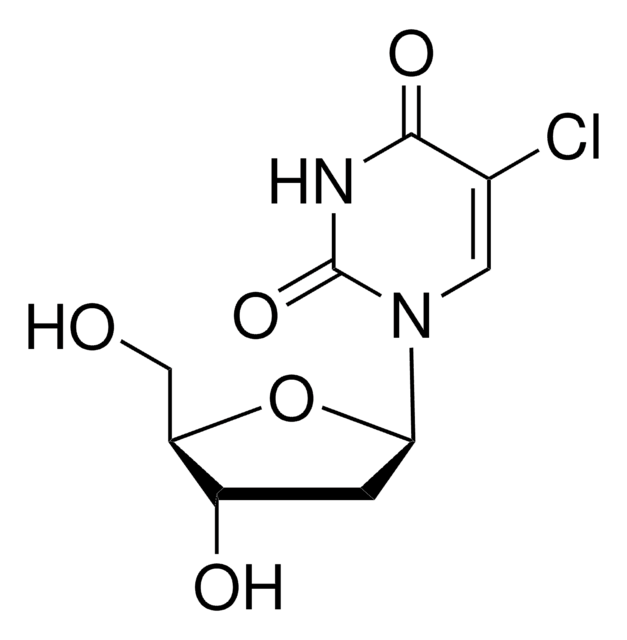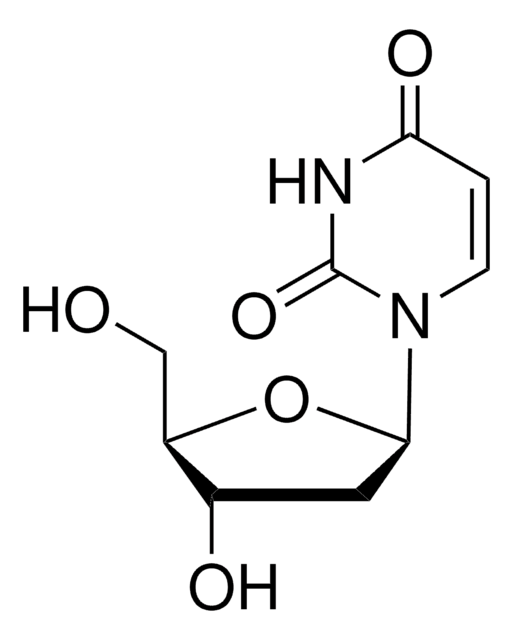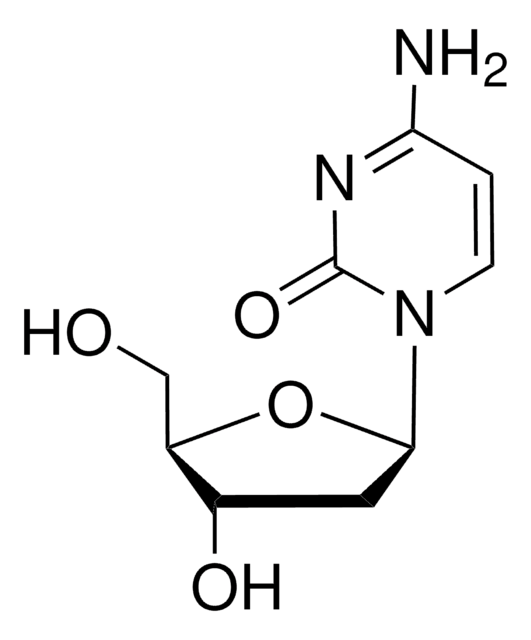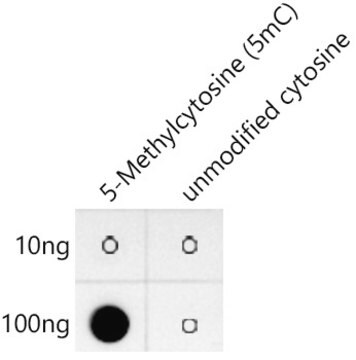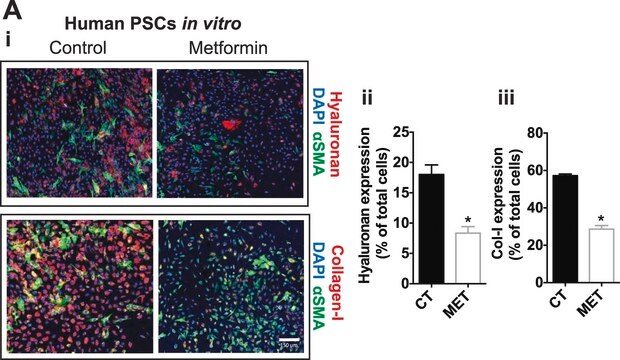Wszystkie zdjęcia(1)
Kluczowe dokumenty
C2181
Anti-Mouse IgG (whole molecule) F(ab′)2 fragment–Cy3 antibody produced in sheep
affinity isolated antibody, buffered aqueous solution
Synonim(y):
Cy3 Anti-Mouse IgG, Cy3 Mouse IgG, Sheep Anti-Mouse IgG
Zaloguj sięWyświetlanie cen organizacyjnych i kontraktowych
About This Item
Polecane produkty
pochodzenie biologiczne
sheep
Poziom jakości
białko sprzężone
CY3 conjugate
forma przeciwciała
affinity isolated antibody
rodzaj przeciwciała
secondary antibodies
klon
polyclonal
Formularz
buffered aqueous solution
reaktywność gatunkowa
mouse
metody
immunohistochemistry (formalin-fixed, paraffin-embedded sections): 1:100
Warunki transportu
wet ice
temp. przechowywania
2-8°C
docelowa modyfikacja potranslacyjna
unmodified
Opis ogólny
Immunoglobulins (Igs) belong to the immunoglobulin super-family. IgG is an abundant protein in human serum. The four classes of IgG include IgG1, IgG2, IgG3 and IgG4.. The IgG heavy chain region is mapped to human chromosome 14. Igs have two heavy (H) and two light (L) chains, held together by disulfide linkages. The heavy chain has one variable N-terminal region and three to four constant (CH1-CH4) C-terminal regions. The L chain comprises of one variable N-terminal region and a constant C-terminal region.
Zastosowanie
Anti-Mouse IgG (whole molecule) F(ab′)2 fragment-Cy3 antibody produced in sheep was used for BrdU staining of frozen quail muscle cross sections at a dilution of 1:200 to analyze activated, proliferating muscle precursor cells.
Anti-Mouse IgG (whole molecule) F(ab′)2 fragment−Cy3 antibody produced in sheep has been used:
- in immunolabeling of Hela cells
- as secondary antibody in immunocytochemistry of dendritic cells
- as secondary antibody in immunofluorescence analysis of mesenchymal stem cells
- as secondary antibody in immunofluorescence staining keratinocyte cell lines
- in immunohistochemistry of articular cartilage
The product binds to all mouse Igs and is useful when trying to avoid background staining due to the presence of Fc receptors.
Działania biochem./fizjol.
Digestion of IgG by papain results in the generation of fragment antigen binding (Fab). Pepsin digestion of IgG results in fragment crystallizable (Fc). The Fc region of IgG antibody has enormous therapeutic potential and is exploited for the development of therapeutic antibodies.
IgG antibody subtype is the most abundant of serum immunoglobulins of the immune system. It is secreted by B cells and is found in blood and extracellular fluids and provides protection from infections caused by bacteria, fungi and viruses. Maternal IgG is transferred to fetus through the placenta that is vital for immune defense of the neonate against infections. The coupling of Cy3 to Anti-Mouse IgG (whole molecule) F(ab′)2 fragment antibody allows for the visualization of protein by fluorescent microscopy.
Inne uwagi
Antibody adsorbed with human serum proteins.
Postać fizyczna
Solution in 0.01 M phosphate buffered saline, pH 7.4, containing 1% bovine serum albumin and 15 mM sodium azide.
Uwaga dotycząca przygotowania
Adsorbed to reduce background staining with human samples.
Oświadczenie o zrzeczeniu się odpowiedzialności
Unless otherwise stated in our catalog or other company documentation accompanying the product(s), our products are intended for research use only and are not to be used for any other purpose, which includes but is not limited to, unauthorized commercial uses, in vitro diagnostic uses, ex vivo or in vivo therapeutic uses or any type of consumption or application to humans or animals.
Ta strona może zawierać tekst przetłumaczony maszynowo.
Nie możesz znaleźć właściwego produktu?
Wypróbuj nasz Narzędzie selektora produktów.
Kod klasy składowania
10 - Combustible liquids
Klasa zagrożenia wodnego (WGK)
nwg
Temperatura zapłonu (°F)
Not applicable
Temperatura zapłonu (°C)
Not applicable
Wybierz jedną z najnowszych wersji:
Masz już ten produkt?
Dokumenty związane z niedawno zakupionymi produktami zostały zamieszczone w Bibliotece dokumentów.
Klienci oglądali również te produkty
Identification of a Novel Keratin 9 Missense Mutation in a Chinese Family with Epidermolytic Palmoplantar Keratoderma.
Xiao H, et al.
Cellular Physiology and Biochemistry, 46(5), 1919-1929 (2018)
A Birkmann et al.
Journal of virology, 75(23), 11583-11593 (2001-11-02)
An immunodominant envelope glycoprotein is encoded by the human herpesvirus 8 (HHV-8) (also termed Kaposi's sarcoma-associated herpesvirus) K8.1 gene. The functional role of glycoprotein K8.1 is unknown, and recognizable sequence homology to K8.1 is not detectable in the genomes of
Agili-C implant promotes the regenerative capacity of articular cartilage defects in an ex vivo model.
Chubinskaya S, et al.
Knee Surgery, Sports Traumatology, Arthroscopy : Official Journal of the ESSKA, 46(5), 1-12 (2018)
Antonio F Ribeiro et al.
Scientific reports, 9(1), 11842-11842 (2019-08-16)
Satellite cells (SCs) are the main muscle stem cells responsible for its regenerative capacity. In muscular dystrophies, however, a failure of the regenerative process results in muscle degeneration and weakness. To analyze the effect of different degrees of muscle degeneration
Visualization of altered replication dynamics after DNA damage in human cells.
Merrick C, et al.
The Journal of Biological Chemistry, 279(19), 20067-20075 (2004)
Nasz zespół naukowców ma doświadczenie we wszystkich obszarach badań, w tym w naukach przyrodniczych, materiałoznawstwie, syntezie chemicznej, chromatografii, analityce i wielu innych dziedzinach.
Skontaktuj się z zespołem ds. pomocy technicznej